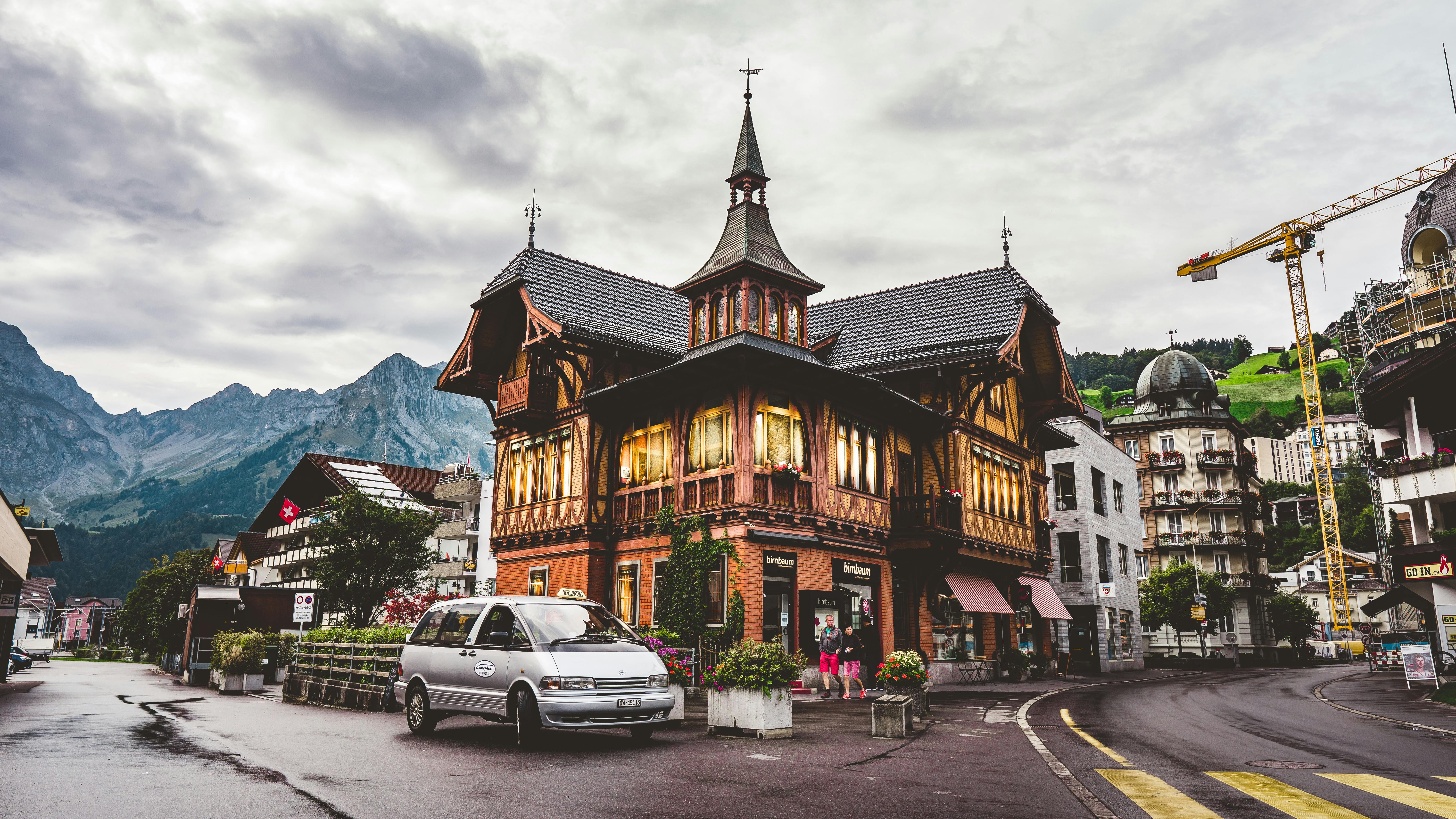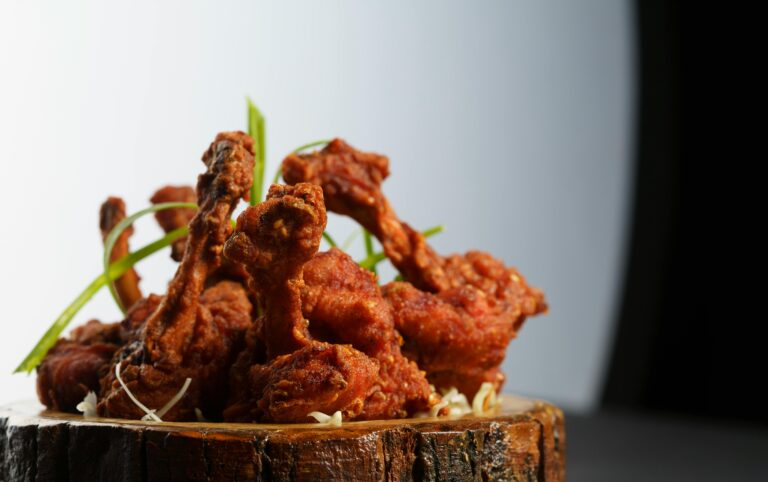Explore Best Destination
Discover our travel blog for inspiring stories, tips, and guides. From hidden gems to cultural experiences, we cover it all to fuel your wanderlust and help you plan unforgettable adventures!

A Complete Guide to Cambodian Culture and Traditions
Cambodia, a Southeast Asian gem, is not only known for its stunning temples and lush landscapes but also for its deep cultural heritage. The nation’s vibrant traditions, customs, and rich history are an integral part of everyday life, reflecting its resilience and unique identity. Whether you’re planning to visit or simply curious about Cambodian society, this guide will take you through the most notable aspects of Cambodian culture and traditions.
1. The Influence of Buddhism in Cambodian Culture
Buddhism is the dominant religion in Cambodia, and it plays a significant role in shaping the country’s culture and traditions. Over 95% of Cambodians are Theravada Buddhists, and the principles of compassion, kindness, and mindfulness are deeply woven into the fabric of society.
Monks, who reside in temples, hold high respect in Cambodian communities. They perform rituals, bless homes, and offer guidance to families. The act of paying respect to monks is an important part of Cambodian life, particularly during religious festivals and ceremonies.
2. Cambodian Festivals and Holidays
Cambodia celebrates several annual festivals, many of which reflect the country’s Buddhist heritage. These festivals are colorful, lively, and an essential part of Cambodian culture. Some of the major celebrations include:
- Khmer New Year (Chaul Chnam Thmey): Celebrated in April, this is the most important festival in Cambodia, marking the start of the harvest season. Families come together to honor their ancestors and pray for a prosperous year.
- Pchum Ben (Ancestor Day): Held in September or October, Pchum Ben is a time for Cambodians to honor deceased family members. It involves visiting pagodas to make offerings of food and prayers for the spirits of the ancestors.
- Water Festival (Bon Om Touk): Celebrated in November, this festival marks the reversal of the Tonle Sap River. It is known for its spectacular boat races, fireworks, and street parties.
3. The Importance of Family in Cambodian Society
Family is at the heart of Cambodian culture, and the concept of a strong, close-knit family unit is central to daily life. In traditional Cambodian households, extended families often live together, and elders are highly respected. Parents and grandparents hold a significant role in providing guidance and maintaining family harmony.
Cambodian children are taught to respect their elders, which is a core value that influences not just family life but also societal interactions. Family gatherings and celebrations are frequent, with food and social bonding playing an important role.
4. Traditional Cambodian Arts and Crafts
Cambodia has a rich tradition of arts, many of which have been passed down through generations. Traditional crafts include:
- Silk weaving: Cambodian silk is famous for its intricate designs and vibrant colors, often used to create ceremonial clothing or gifts.
- Carving and sculpture: Stone and wood carving have been practiced for centuries, especially in the creation of the iconic statues that adorn Cambodia’s temples and monuments.
- Classical dance: Cambodian classical dance, also known as the “Royal Ballet,” is an art form that combines elaborate costumes, graceful movements, and symbolic gestures. This dance form is often performed during religious or royal ceremonies.
5. Cambodian Cuisine: A Taste of Tradition
Cambodian food is flavorful and diverse, influenced by its neighboring countries, yet uniquely its own. Rice is the staple food, served in many forms such as rice noodles, sticky rice, and fried rice. Popular dishes include:
- Amok: A rich curry made from fish, coconut milk, and spices, often served in a banana leaf cup.
- Bai Sach Chrouk: A simple yet delicious dish of grilled pork served with rice and pickled vegetables.
- Nom Banh Chok: A beloved Cambodian noodle dish, typically eaten for breakfast, served with a green curry-like sauce made from lemongrass and turmeric.
Street food is also an essential part of Cambodian culture, with vendors offering snacks like fried crickets, fresh fruit, and savory pancakes.
6. Traditional Clothing and Dress
Traditional Cambodian clothing is a symbol of national pride and is often worn during festivals and ceremonies. The “Krama” is a checkered scarf that is worn by both men and women, often used for practical purposes like carrying goods, protecting against the sun, or as a fashion accessory.
For formal occasions, Cambodian women typically wear the “Sampot”, a traditional garment that resembles a sarong, paired with a “Batik” blouse. Men often wear the “Sarong” or “Krama” along with a shirt or vest.
7. Cambodian Customs and Etiquette
In Cambodia, respect and courtesy are essential to all social interactions. Some customs to be aware of include:
- Greetings: The traditional greeting is the “Sampeah”, which involves pressing your palms together in a prayer-like position and bowing slightly. The depth of the bow varies based on the person’s social rank.
- Respect for the King and Monks: Cambodians are deeply respectful of their monarchy and Buddhist monks. It’s important to stand when the national anthem is played and to offer a bow when passing by a monk.
- Shoes off indoors: It’s customary to remove shoes when entering a Cambodian home or temple. This practice is rooted in Buddhist values of cleanliness and respect.
8. Cambodian Language and Communication
The official language of Cambodia is Khmer, which is spoken by the majority of the population. The Khmer language is unique in its script, which has its roots in ancient Indian languages. While the younger generation might be familiar with English, especially in urban areas, it’s a sign of respect to learn a few basic Khmer phrases when interacting with locals.
Conclusion
Cambodia’s culture and traditions are a testament to its resilient and vibrant society. From the deeply ingrained influence of Buddhism to the strong sense of family and respect for elders, Cambodia offers a unique window into the heart of Southeast Asia. Whether you’re visiting to explore the temples or to experience the daily life of the Cambodian people, understanding these traditions will enrich your experience and provide a deeper connection to the country.
By embracing Cambodian culture and traditions, you can truly appreciate the beauty and depth of this fascinating nation.

Related Posts
Tag List
Adventure / Climbing / Hiking / Photography / Adventure / Tracking / Travel
Follow Us
- linked In
- google+
- YouTube







